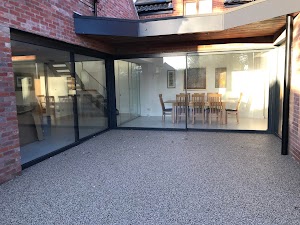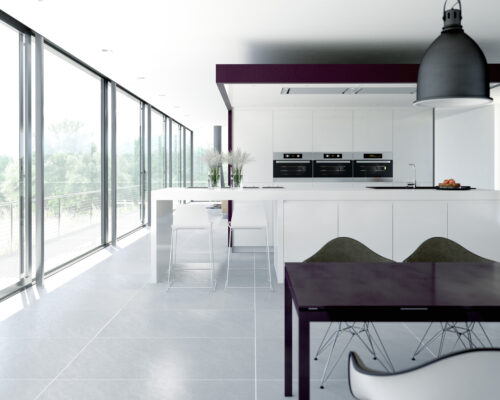There are many different causes of condensation on windows and doors in the home. Most people researching new aluminium or PVCu windows, often do so to improve security and energy efficiency. In this article, we take a look at the causes of condensation on windows or frames. We also explain what condensation means if you’ve recently had new windows and existing windows.
Information about the causes of condensation on windows and doors
First of all, it’s important to understand, new windows and doors do not eliminate condensation. Moreover, be sceptical or any sales messages on new windows and doors claiming this is the case. How and why condensation happens is not only about many factors in the home. It’s also a relationship between moisture and hot or cold surfaces.
There are four main causes of condensation on old or new windows:
- The general amount of water vapour in the air
- Your internal room temperature
- Your external room temperature
- The difference in temperature outside or inside and the glass and frames
While it may be true new windows substantially improve thermal performance and condensation levels as a result, no new window should promise a cure.
Condensation is a worry for the damage it causes to paintwork, walls and health. So here are our tips and advise to understand it better and for your new doors and windows.
Does double or triple glazing improve causes of condensation?
In simple terms, yes. Anything creating better insulation between inside and outside helps reduce condensation. As a result, double glazed or triple glazed windows of course, are better than single glazed windows.
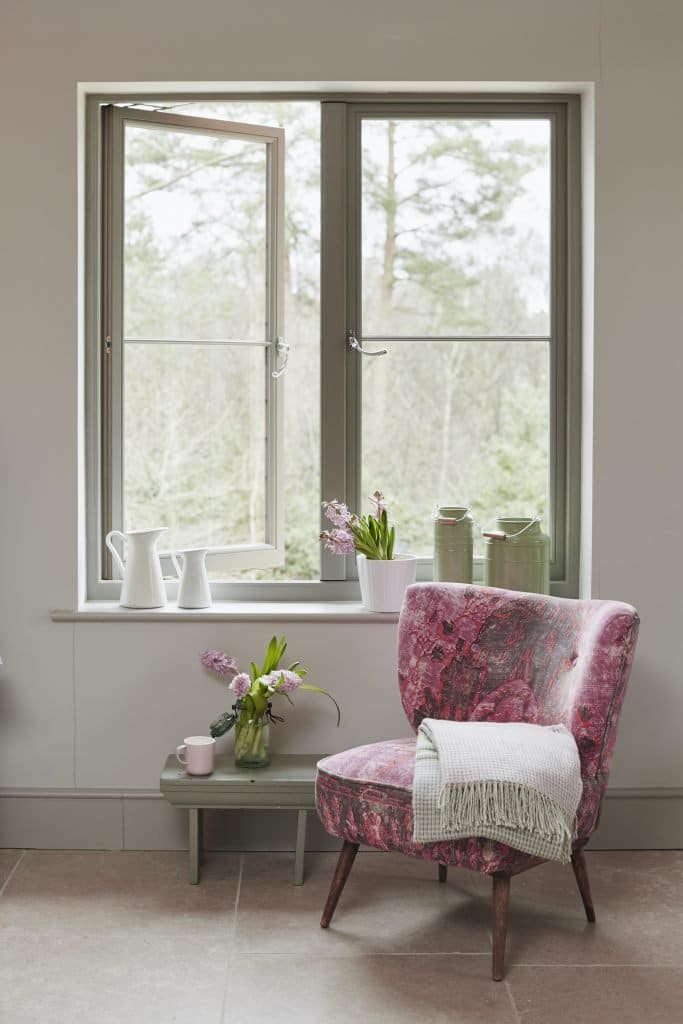
Condensation inside the home
The causes of condensation inside the home are numerous and often caused by just how well sealed modern homes and rooms are.
As well as this, moisture from cooking, drying clothes internally, bathing and even sleeping all cause moisture in the air.
One of the best ways of reducing internal condensation is to properly ventilate your rooms.
The trend for open plan living, also makes condensation more likely.
It is living and using our homes that’s causing condensation inside your rooms. There’s little you can do about it.
Finally, for new extensions, condensation is often an issue as the building work is drying out. This requires patience.
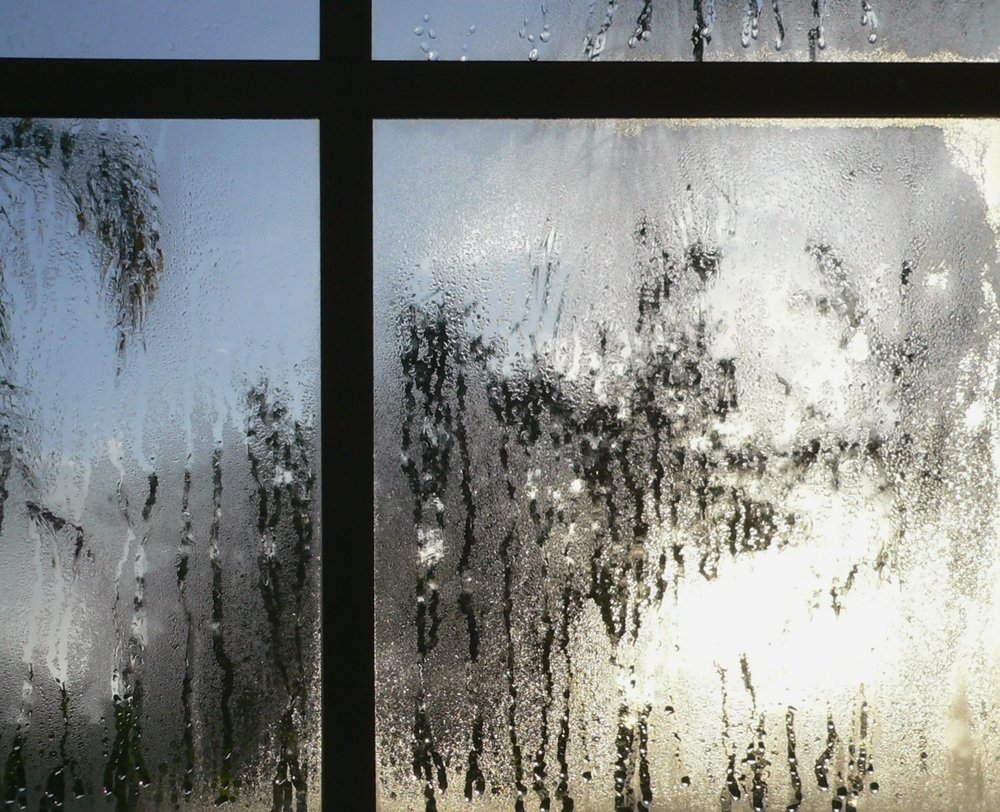
Condensation outside the home
During the autumn and winter months, it’s not unusual to see condensation on the outside of your double glazed unit.
While this may cause concern there is nothing to worry about and it clears as the temperature rises during the day.
The reason for this is the partnership of your multi-chamber PVCu frames or your thermally broken aluminium frames and the glass.
In simple terms, the latest technology in your new window frames and glass is doing its job. The glass and frames are preventing heat loss from your room.
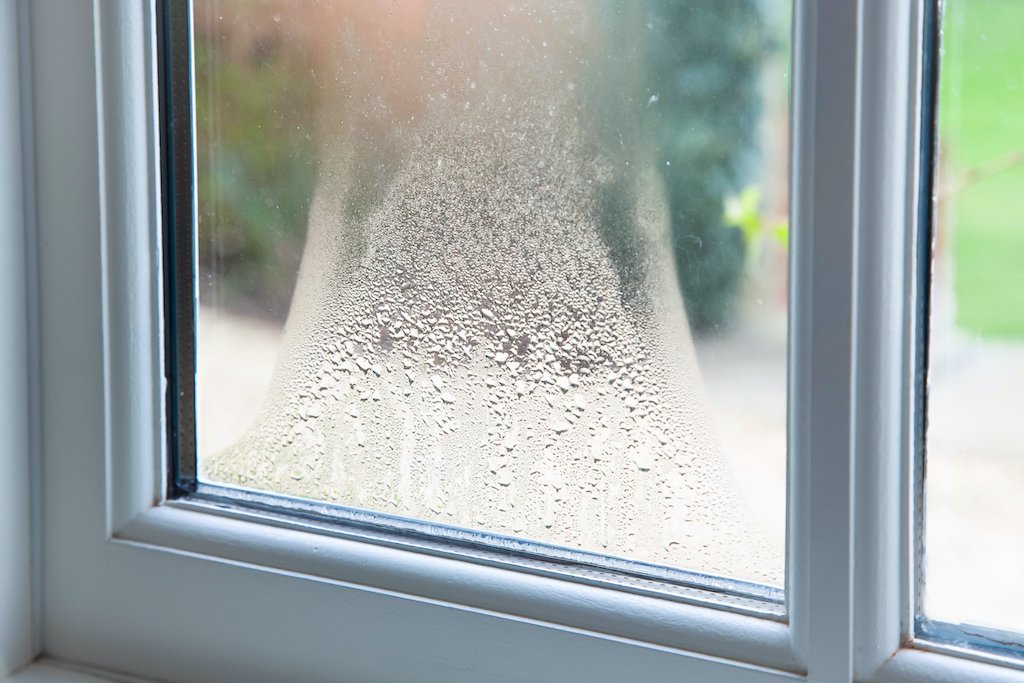
Condensation between a double glazed unit
If you see condensation between the glass on double glazed units, the glass needs replacing.
Any moisture between the glass means the hermetic seal on your glass unit has failed.
While you may think you need new windows, this is not often the case. Speak to a local double glazing maintenance and repair company.
They can inspect your windows and advise whether they’re suitable for a glass unit replacement only.
Tips and advice for reducing condensation in your home
First of all is keeping your rooms well ventilated. It’s normal to think we must keep everything closed in the winter. However, allowing ventilation at all times helps control vapour in the air.
For windows and doors fitted with trickle vents, do leave these open. Trickle vents provide a great way to circulate air in your rooms even in the winter. Don’t close or obstruct them.
Ventilate your rooms when cooking, drying washing inside the home or bathing. It’s also a good idea to open a window in each room just once a day and freshen the air.
Give any new building work time to dry out before assuming there is a fault with your doors or windows.
Contact us for more information about the glass and frames we use on our product range and general thermal performance or energy efficiency.














